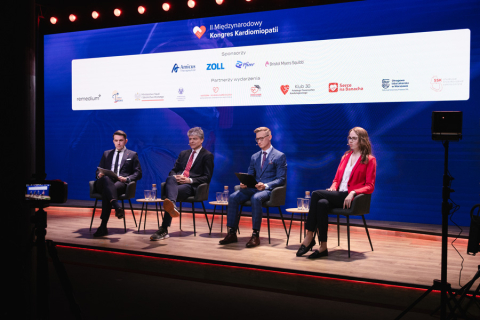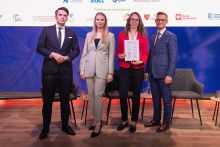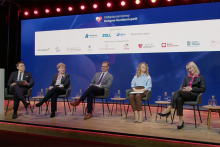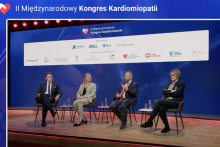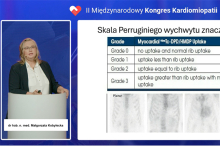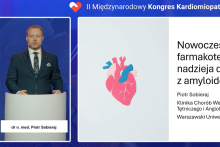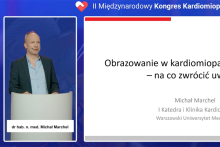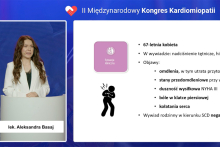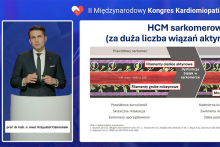The Congress, which took place on April 14 and 15, was organized by the 1st Department of Cardiology UCC MUW. The conference was held under the patronage of the Rector of MUW, Prof. Rafal Krenke, and the official opening was conducted by the Vice Rector for Student Affairs and Education, Prof. Marek Kuch.
The latest guidelines for diagnosis and treatment
Cardiomyopathies are an increasingly common clinical problem that can lead to heart failure and dangerous arrhythmias. Cardiomyopathies have many causes, and are often genetically determined. Therefore, the organizers were keen to present this group of diseases as widely as possible. The program consisted of as many as nine sessions devoted to: myocarditis, hypertrophic cardiomyopathy, amyloidosis and Fabry disease. The lecturers were recognized national and international experts in cardiology, neurology, nephrology, nuclear medicine, who provided practical tips for use in daily clinical work. There was also a student session and a patient session, during which specialists spoke about how to take care of the heart, what symptoms should worry and what to look out for in cardiovascular disease.
Also of great interest was the cardiac MRI workshop, which discussed interesting clinical cases: a young athlete with cardiac hypertrophy, an elderly woman with cardiac hypertrophy, a patient with neurological problems and cardiac hypertrophy.
Organizers and Patrons
The congress organizing committee consisted of Associate Professor Agata Tyminska, Professor Krzysztof Ozierański, Professor Marcin Grabowski and doctoral student Emil Brociek.
The sessions were held under the auspices of the 30 Club of the Polish Cardiac Society (PTK), the Nuclear Cardiology Section of the Polish Cardiac Society. The congress was also under the patronage of: President of the Regional Chamber of Physicians in Warsaw, the Association of Patients “Serce na Banacha”, SKN at the 1st Chair and Department of Cardiology MUW, “Po Prostu Zdrowie” Foundation and the Ministry of Science and Higher Education. Organization of the event was possible thanks to the funding from the Ministry of Science and Higher Education under the Excellent Science II Program.
